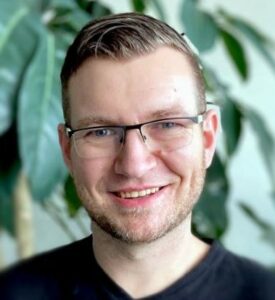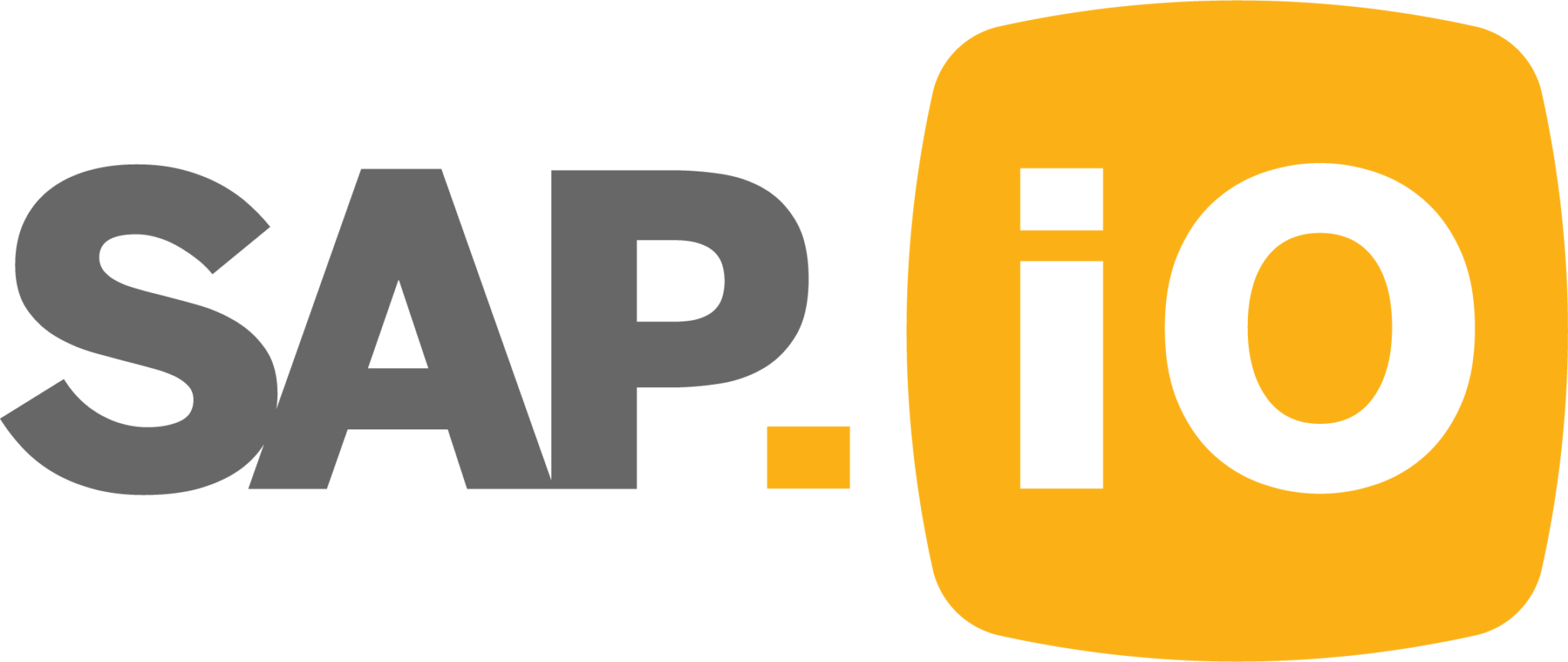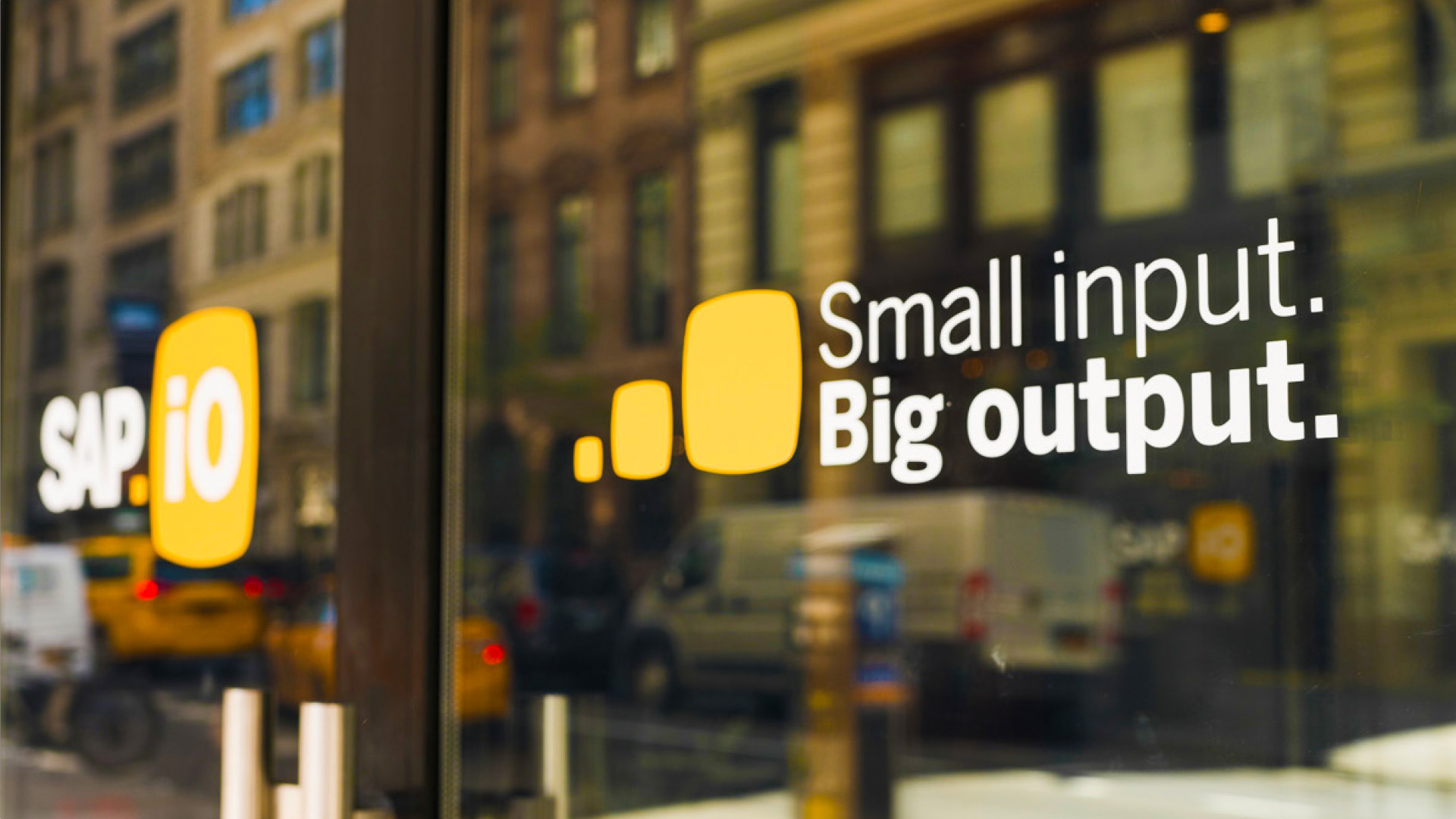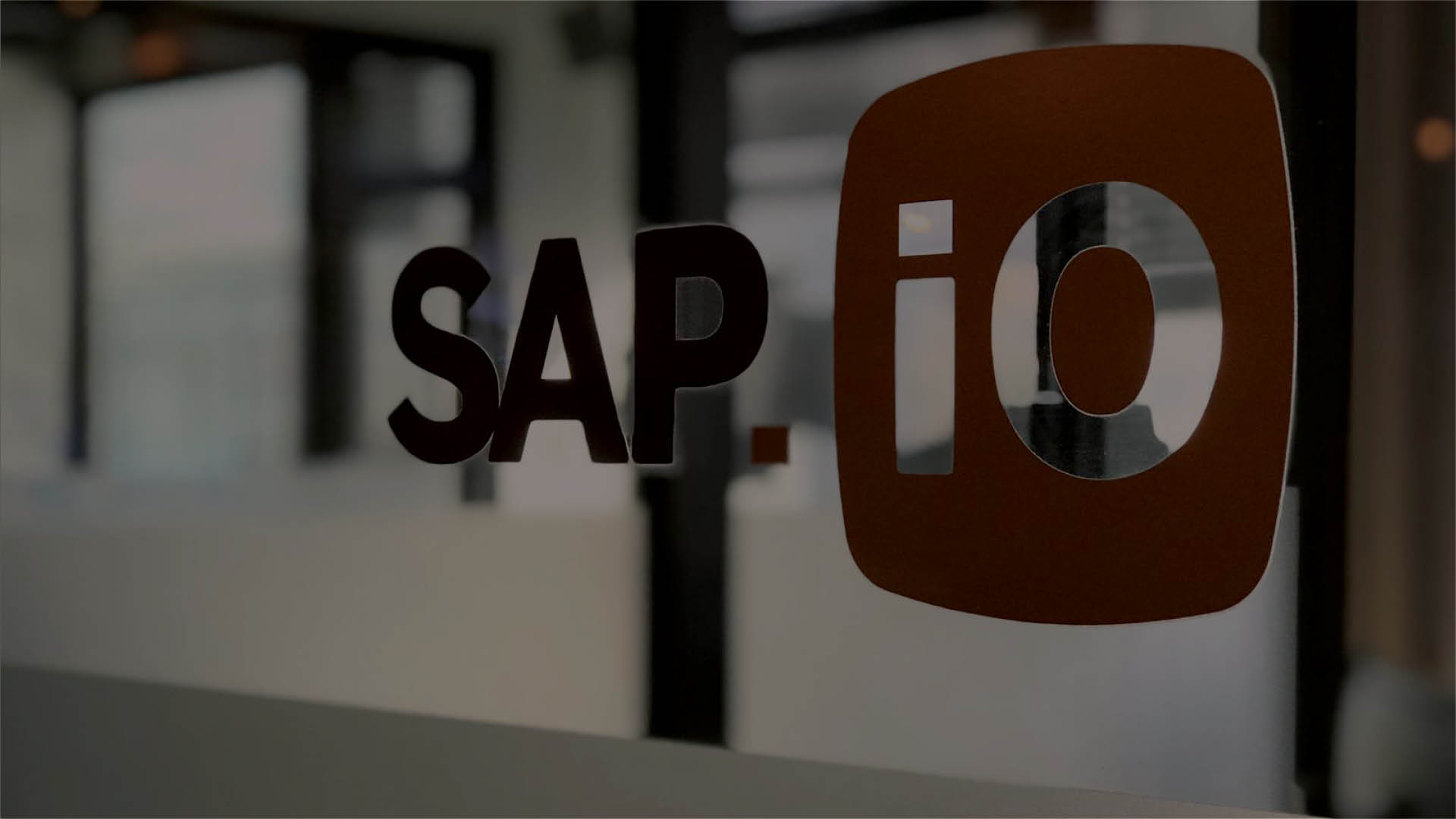
Rheaply’s VP of External Affairs, Tom Fecarotta, met with Vahan Tchakerian of Cogniac to discuss their organization’s mission and involvement in the SAP.iO Foundry Cohort.
This is Part 1 of 3 in Rheaply’s discussions with other SAP.iO cohort members. Stay tuned for future Q&A’s with Wise Systems and Ivaldi.
Cogniac Q&A
Tom: I’m going to steal this first question from an investor who asked us this. Give me the high school version of the boilerplate and the version for a college student who maybe knows a little bit about AI.
Vahan: I always try to simplify things down. So we know our business, right, but when we introduce it to a new set of people, it’s always like, “what is AI?” Because AI is so universally used — everything is about AI today. For our purposes, we offer an AI platform — a software platform — where we’re working with a combination of neural networks and a deep learning component to automate visual inspection tasks. So anybody doing any sort of inspection is a candidate to use our solution. What’s really beneficial about what we do and how we do it is we’re offering a superhuman level of accuracy in work. In today’s world, inspections and products are super complex — at this rate, humans are missing stuff. We’re not only able to catch these things but catch them quickly, so we are really preventing any sort of downstream failures, etc. — that’s one of the benefits, along with more efficiency.
Tom: James, anything to add to that?
James: No, as Vahan mentioned, it’s going above and beyond what a human is currently capable of — that superhuman aspect is one that we tend to focus on. It’s a game-changer in the visual inspection world because it’s doing so much more at such a high level and operating at such a high degree of accuracy that it’s going to fundamentally change visual inspection and the AI industry within the manufacturing verticals we work in.
Tom: Yeah, that’s really interesting. Talk to me a little more about the application itself. Walk me through the use case for an end user and what that experience looks like.
Vahan: Sure. What we’ve tried to do is make the engagement super simple, to the point that there are no data scientists required — it’s literally technician-level work. Let’s say I’m talking to a potential customer — they have a subject matter expert on a given use case, and what the subject matter expert would need to do is label a few images. In traditional machine vision, somebody would be required to label tens of thousands of images, if not hundreds of thousands; in our case, it’s a few hundred images in what we call established ground truth. Everything we do is teaching with examples, right, in the simplest form.
Let’s say we’re looking at a cast part — there’s a good part and a bad part. We have to have enough examples of a good part and a few more of a bad part to establish the ground truth of what that looks like. Then we upload that in our platform and the platform starts to make predictions against that data. So consistent labeling is key, and also key is having enough of a dataset of images where you establish ground truth to get the engine running through what we call AI creating AI. So then we look at these predictions, and the subject matter expert says, “You know what, this is kind of close, this is not close,” and so forth. Then there’s some fine-tuning back and forth between the subject matter expert and our platform, and within a couple weeks you’re looking at 95, 98, 100% model accuracy. So that’s the benefit of getting there really quickly, and if you’ve gone down the wrong path, it’s really easy to re-establish yourself and how you do your labeling.
Tom: Is this set into a maintenance system or some kind of internal system that can tell users about the health of item within a warehouse? What does the integration set look like?
Vahan: When we find something that is outside of the norm or there’s an issue, we would send an alert in any way the customer would want to see. Our platform is cloud-based or can be on-prem. Most of our customers are in the cloud. With a cloud solution in a manufacturing environment where someone needs super fast response, alerts — under a second, for example — then you would incorporate what we call an edge appliance. This edge appliance is basically doing the processing of the application at the edge — and if it finds something that’s outside the norm, it can send an alert to any user in any form that’s needed.
Tom: Wow, that’s really cool. I think we’re similar in the respect of wanting to make the process of finding things and understanding their utility easier, and in your case, you’re also working to determine what is potentially needed to improve a particular asset for people. And I think that’s really interesting.
This is a perfect segue into sustainability. Read More….

 Meet Dustin Feld
Meet Dustin Feld













